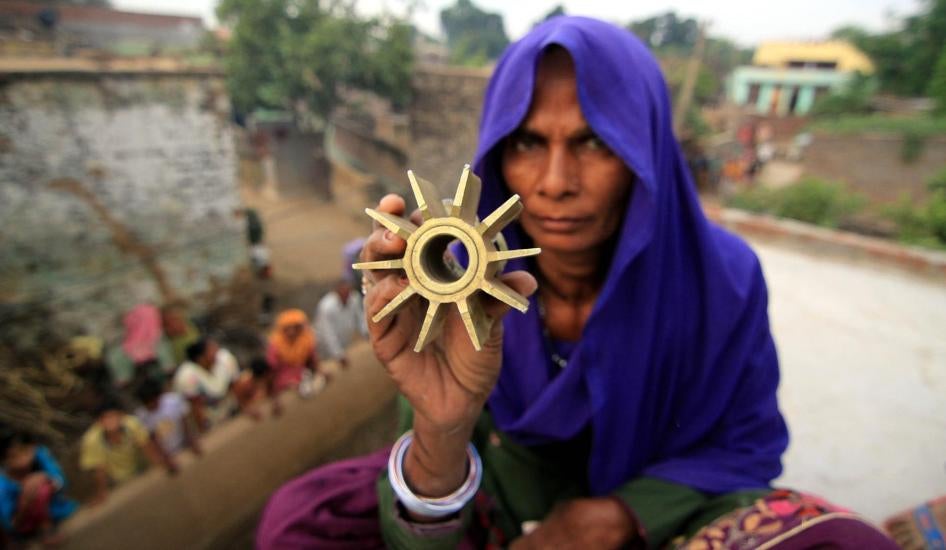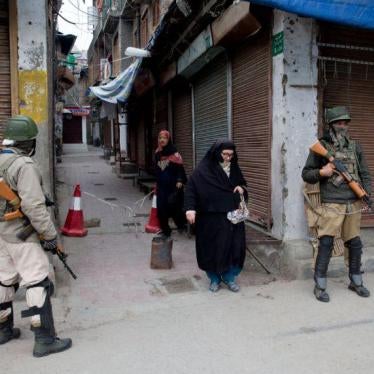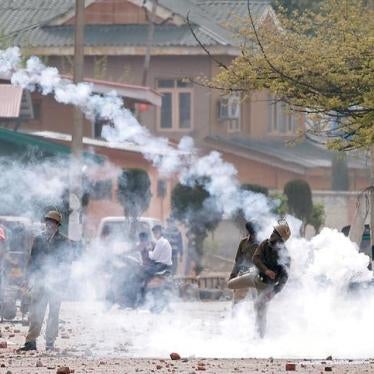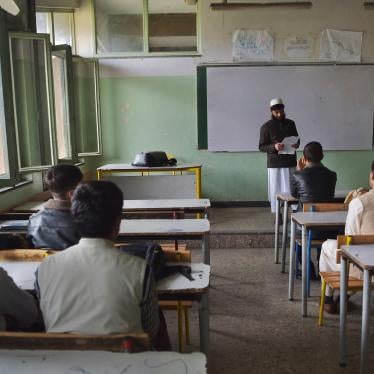February 23 sticks in my mind the way a birthday does for most people. After my first 10 years of Bharatanatyam training, I performed my arangetram — a classical dancer’s debut full-length solo recital — on that day in 2013. In telling stories through dance, and while surrounded by exemplary women at home and in the dance school, I learned how to portray strong female characters integral to my family’s spiritual history and our South Indian culture, whose presence on the Bharatanatyam stage demands respect and can captivate entire dance halls.
Each time I wrapped the chalangai — performance bells — around my ankles for a Bharatanatyam recital, I tried my best to do justice to the multifaceted nature of these female figures onstage. In my attempts to portray their independence, confidence, courage, and compassion, I was able to embody what I strive to be as a woman today.
But as I read about the suicide bombing in Pulwama, Jammu and Kashmir last week, I saw more clearly than ever the stark juxtaposition between the personal significance February 23 holds for me and the dark reality that same date holds for women in Kashmir. My stomach turned as I thought about what collective punishment – which groups affiliated to the governing Bharatiya Janata Party (BJP) have called for in the wake of the Pulwama incident – has meant for Kashmiri women in the past.
On February 23, 1991, Indian army soldiers of the Fourth Rajputana Rifles, while conducting a search for militants in the Kashmiri villages of Kunan and Poshpora, reportedly raped several girls and women ages 13 to 80. The government ordered investigations, but it resulted only in denials. The survivors’ case file gathered dust until it was reopened in April 2013 by women who filed a public interest litigation with the Kashmiri High Court. In spite of international acknowledgment of sexual violence by security forces in Jammu and Kashmir and the women’s tireless efforts to seek justice, the Indian government continues to reject calls for reform.
Despite the physical distance, India was never too far from the Bharatanatyam studio in California where I grew up. While learning our traditional history through dance, I heard my family speak of admirable women in contemporary India who led their communities in breaking down entrenched patriarchal standards. Always present in the conversation about progress in gender equality, however, is despair over the continued lack of justice for sexual assault survivors in India and the fact that the victim is often blamed.
Some of that has started to change. The women’s movement in India has grown considerably and gained greater international attention since the protests over the brutal gang rape and subsequent death in 2012 of Jyoti Singh, a young Delhi woman. With #MeToo, pressure on lawmakers to establish equal rights and offer protection under the law has mounted even further.
But all these years after the allegations in Kunan and Poshpora, the abuses persist. The horrifying Kathua case last year, in which an 8-year-old Muslim Kashmiri girl, Asifa Bano, was raped and murdered in the forest, was met with obscene obstruction of justice, led in part by powerful men associated with the BJP. While some progress has been made in the aftermath of these cases, justice for survivors and equal treatment for all girls and women – particularly the most marginalized – are far from the norm.
Societies flourish when women are allowed to embody our full selves without fear of repercussion. In my mind, the evolution of Bharatanatyam in India’s history not only offers periods of brief respite from the clutches of patriarchy, but also provides parallels to the women’s movement today. The dance represents a cultural renaissance and also embodies an act of resistance. As the women behind “Bharatanatyam in the Wild,” put it: “Dancing is a confident flaunting of the body, whereas hiding away and shaming the body is how patriarchy polices women.” And while it is rooted in Tamil Nadu temples and Hindu tales, Bharatanatyam displays a growing universality and resilience, bringing together diverse audiences as it popularizes and evolves across state and identity borders.
Today, on the 28th anniversary of the Kunan and Poshpora rape allegations, it is crucial to observe the urgency of the fight for all women’s rights across India, regardless of religion, class, or geography. The Indian government, as well as those leading the fight for women’s rights in India, should heed the voices of the most marginalized women on the country’s periphery and make sure that their bodies are no longer weaponized. I hope that as the movement builds, women and girls across India will be able to walk safely on the street, or in the forest, and feel freedom akin to the freedom a dancer feels prior to assuming a new character, when the chalangai tighten around her ankles and she is released from the patriarchy’s bondage.










